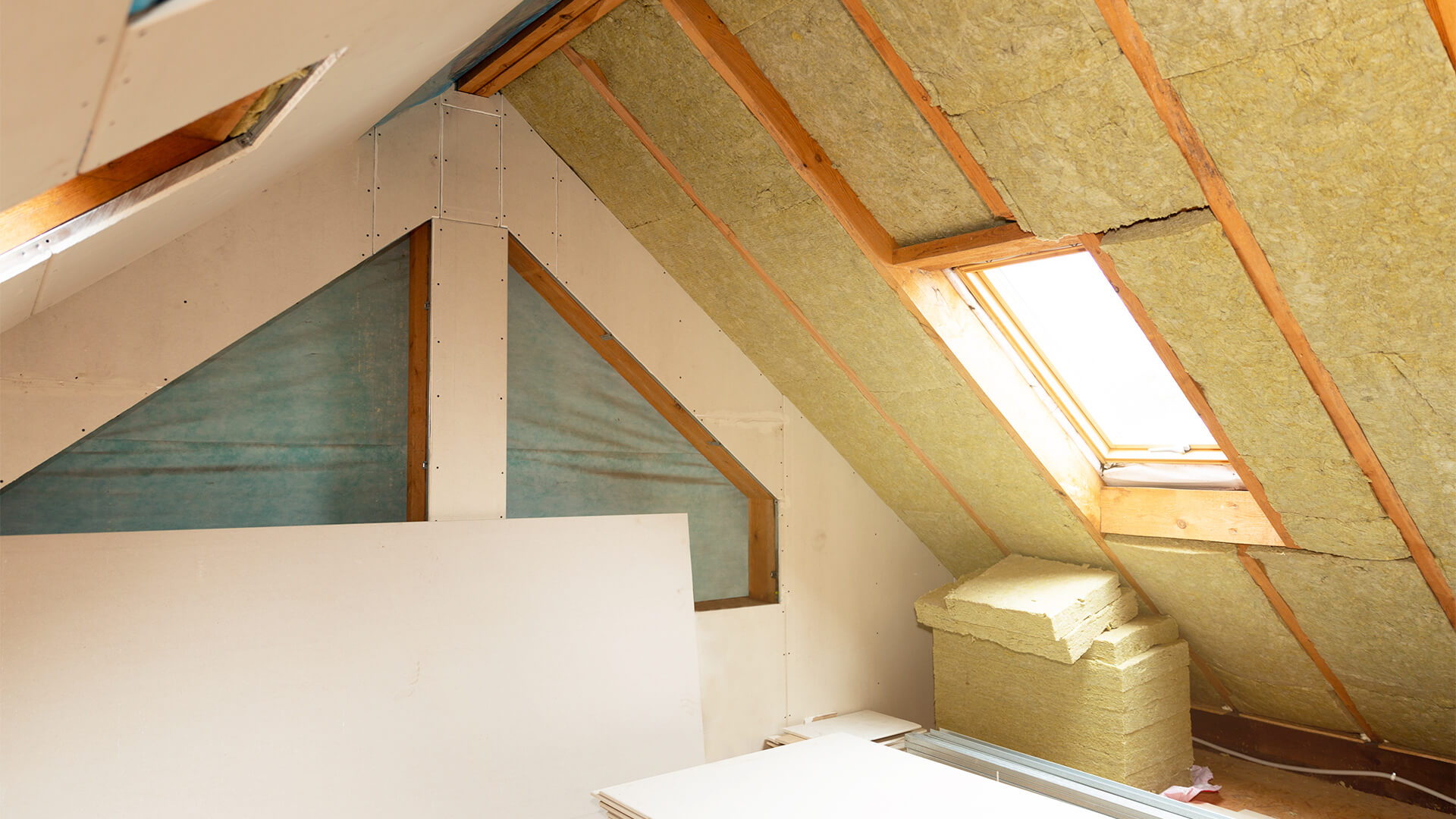Most contemporary homes are insulated and obviously, you would not have to worry about them. However, houses constructed prior to 1970s and late ’80s rarely have insulation. There are many challenges of having uninsulated closed walls. One of them is you would be paying high-energy bills and your home won’t be comfortable to live in.
Is there a way one can fix insulation in closed walls? Well, you do not have to opt for a time-demanding and costly method of hacking down the wallboard in order to fit insulation behind the walls.
There are some kinds of materials that can be applied easily without messing up with your drywall.
What Is The Best Type Of Insulation For Interior Walls?
Injection Foam
It is most preferred than its counterparts loose-fill since it counteracts condensation issues such as mould better.
Another feature that sets it apart from blown-in cellulose is its excellent expansion after application. It can be inoculated into difficult spaces that blown-in insulation may not reach. The con of this form of insulation is that during injection holes are formed which must be patched later.
Loose-Fill Blown-In Cellulose
It has boric acid that makes it flexible. It is applied as paper and gradually transforms into insulation that flattens wall spaces. Boric acid also contributes to the fire resistance property of this insulation. It obtained from shredded papers.
To inject it, holes are made into the wall gaps from outside or inside. This is a delicate undertaking, and a DIY is not advisable.
Blown-In Blanket Insulation
This is applied in form of a blanket that offers an excellent cover against air infiltration. It completes the gap between injected and roll insulation.
Batts
These are like fluffy blankets. You can get them in long insulation slabs or order custom rolls cut to suit the cavities you want to fill. In most cases, the main component material is fiberglass, but you can opt for those made of cotton or mineral wool. The main issue with this insulation is that they are not flexible and fixing them around pipes isn’t possible. They leave some spaces and thus are less effective.
Expanding Foam
This is a closed or open-cell plastic (polyurethane) that is inoculated into the wall cavities as a foaming liquid, flattening all the spaces and then solidifying in place. Though expensive than its counterparts, it offers an effective way to fill even the tiniest gaps. It is only supposed to be applied by an expert, and DIY is discouraged.
How to Add Insulation to Walls
The process of fixing insulation to the cavity walls is not rocket science thing. You don’t even have to get rid of the drywall. To achieve that, you need to start by cutting holes in the outer siding and then blow spray foam (or any other insulation you have chosen) into the wall gaps. This is done from the outside.
Make a hole with one-to-two inches diameter after each pair of studs on top of the wall and spray foam into the cavity using a hose. When done, replace the material removed from the cavities and smoothen the surface by sanding and then apply paint to get the original look.




























